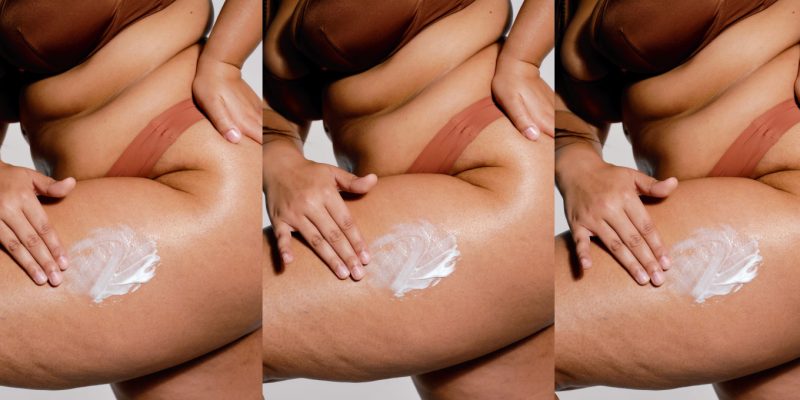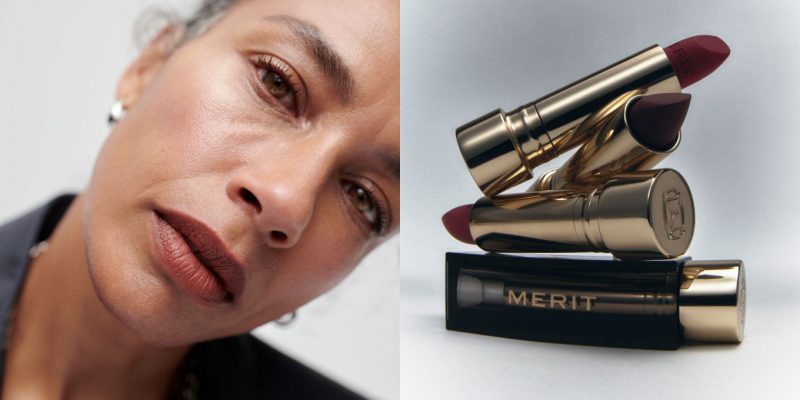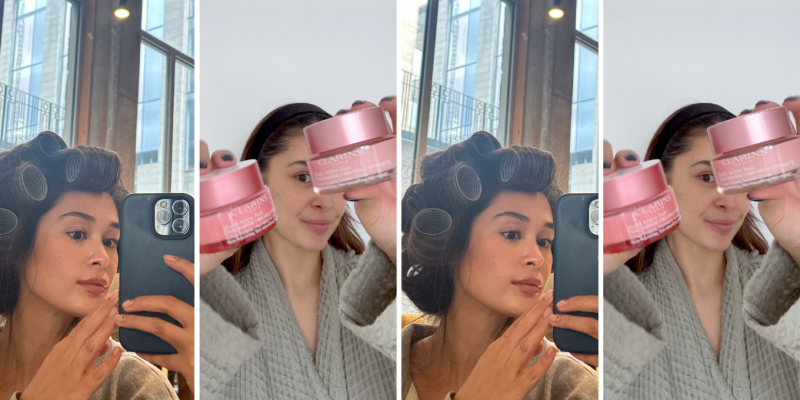Skincare
“Barrier” Is Beauty’s Latest Buzzword
Turns out setting boundaries isn’t just good for your mental health—it’s essential for your skin too.
by : Melissa Fejtek- Dec 18th, 2023
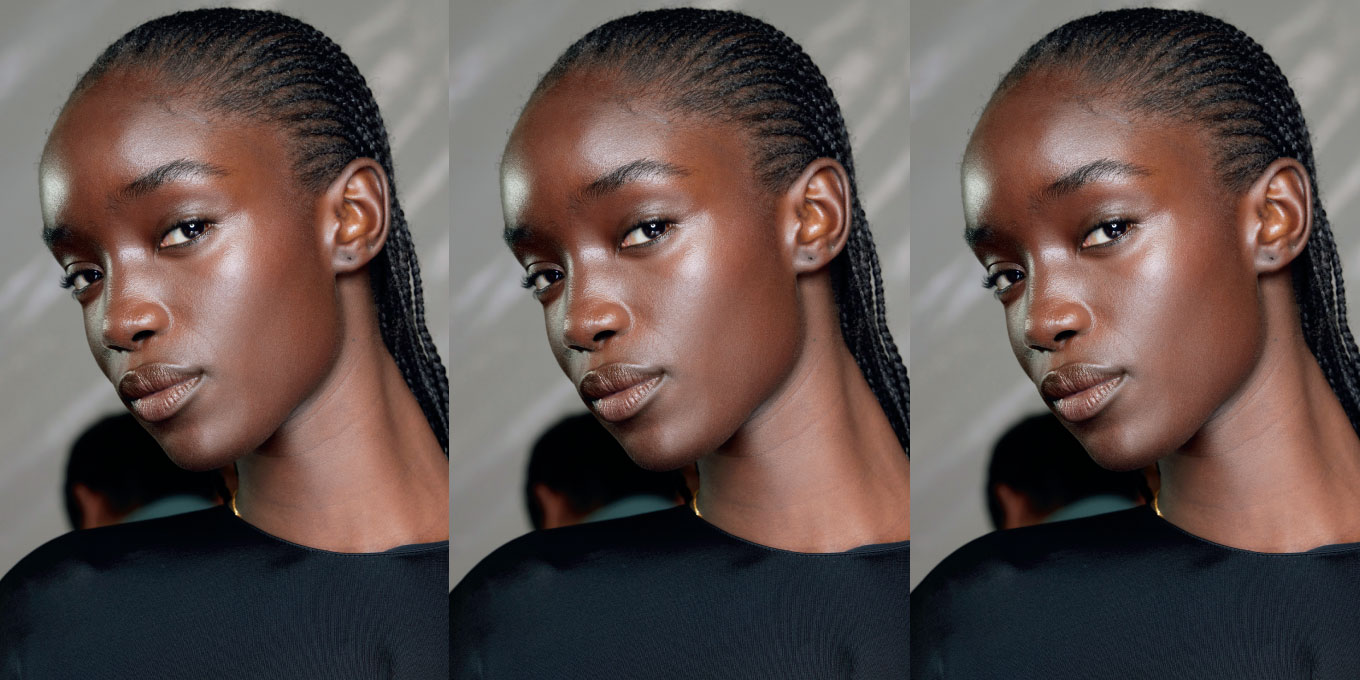
Launchmetrics Spotlight
Like a once sleepy neighbourhood being declared the hip new area, the barrier has become skin’s hottest real estate of late. Stroll through the beauty aisles and you’ll find shelves full of launches solely dedicated to safeguarding this outermost layer of skin.
Sure, you could discount this as just a new way to market moisturizer, but there seems to be more at play here. The trend signals a significant shift away from the skincare philosophy that prevailed in years past—namely that we should buff and sting our way to a glassy countenance or reach for the bottles boasting the highest concentrations of actives.
These days, the focus seems to be on a gentler, simpler approach. Instead of trying to obliterate a specific perceived flaw—a wrinkle here, a dark spot there—the idea is to treat skin more kindly and holistically.
“Before, we were focusing on exfoliating and using harsh chemicals, but what can end up happening is we overindulge in all the things we think are good for us,” says Dr. Neha Goyal, co-medical director at MD Beauty Clinic in Toronto. Not that retinols or peels are inherently bad, says the pro. Quite the contrary: They can be incredibly beneficial. But potent actives call for caution. Let’s put it this way: If you’re not seeing the results you want from your skincare, chances are you’ve gone too far. “When you strip away all the oils, the skin starts to act up because you’re actually working against your goal,” says Goyal.
Once your barrier is compromised, you might start to experience things like redness, itching or sensitivity. “That inflammation can lead to the development of acne and eczema flare-ups,” says Dr. Monica Li, a Vancouver-based dermatologist, who adds that barrier damage may be due to your skincare routine, hot showers or the environment. “Cold, dry weather is an external factor that can damage the skin barrier,” she says. (Canadian winters, anyone?) When left untreated, this kind of chronic inflammation can speed up skin aging.
At the opposite end of the spectrum, a strong barrier translates to a clear, plump and glowing complexion and skin that feels soft and smooth to the touch. Who wouldn’t want that, right? Here, we break down how to get a healthy barrier and maintain it all winter long.
BUILDING BLOCKS
The first thing to understand is how the barrier functions. Derms often use the analogy of a brick wall. “You’ve got your cells, which are the bricks,” says Goyal. “And then you need something to seal the bricks so they don’t let anything in.” This “sealant” is made up of lipids, a combination of ceramides, cholesterol and fatty acids. They act as the mortar, holding the bricks together and creating a defence system for your skin. This wall prevents microbes and irritants from entering your skin, “but at the same time, [the barrier] is semi-permeable, allowing oxygen, topical medications and products to [penetrate it],” says Li.
EASY DOES IT
If you find yourself encountering symptoms such as burning, peeling, flaking or itching, it’s most likely a sign that your barrier is unhappy at the moment. In that case, you’ll want to reassess your routine. “Either what you’re using is too strong for you or you’re using it too often and it’s time to step back,” says Goyal. When this happens, it’s best to steer clear of anything that could aggravate the situation, such as harder-to-tolerate ingredients like retinol and alpha-hydroxy acids (glycolic, lactic and mandelic are some of the most common ones) and other potential irritants, like fragrance, alcohol, essential oils and sulphates.
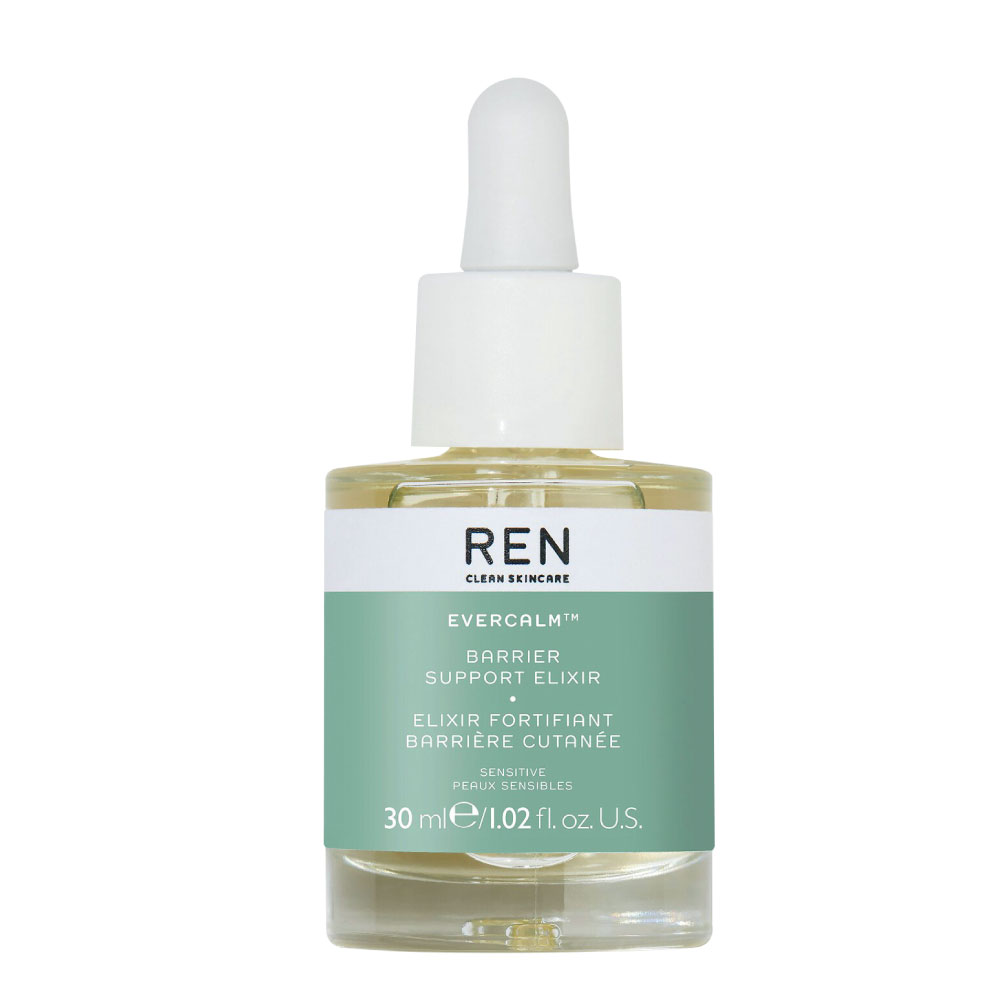
Ren Clean Skincare Evercalm Barrier Support Face Oil, $81
Formulated with 100 percent natural-origin ingredients, this featherlight oil has been clinically shown to strengthen the skin barrier within seven days.
LESS IS MORE
While elaborate routines involving 10-plus steps used to be all the rage, the pendulum seems to be swinging in the other direction these days—a trend that’s come to be known as “skinimalism.” For dermatologists, who often see patients come in with rashes, redness or pimples as a result of overdoing it with their regimen, the change couldn’t be more welcome. “When it comes to skincare, more is often not better,” Li reminds us. That’s why experts recommend streamlining your routine if you’re noticing signs of damage. Think of it as a sort of elimination diet for your face. It will give your barrier time to heal, and then, once things calm down, you can slowly reintroduce and experiment with targeted products based on your specific needs and monitor how your skin reacts.
BACK TO BASICS
So what should a skincare “makeunder” look like? “Stick with non-negotiables: a cleanser, a gentle pH-adjusted moisturizer and an SPF,” recommends Li. Use only the bare minimum—at least until your barrier is back up and running.
CLEANSE: Choose a cleanser that leaves your skin supple rather than dry, especially during the colder months, when there’s less moisture in the air. “Cleanse with the goal of removing dirt and environmental pollutants rather than excess oils and sweat,” says Li. Look for a rich oil or cream texture and a formula that includes ingredients like ceramides, hyaluronic acid and niacinamide, all of which hydrate and soothe.
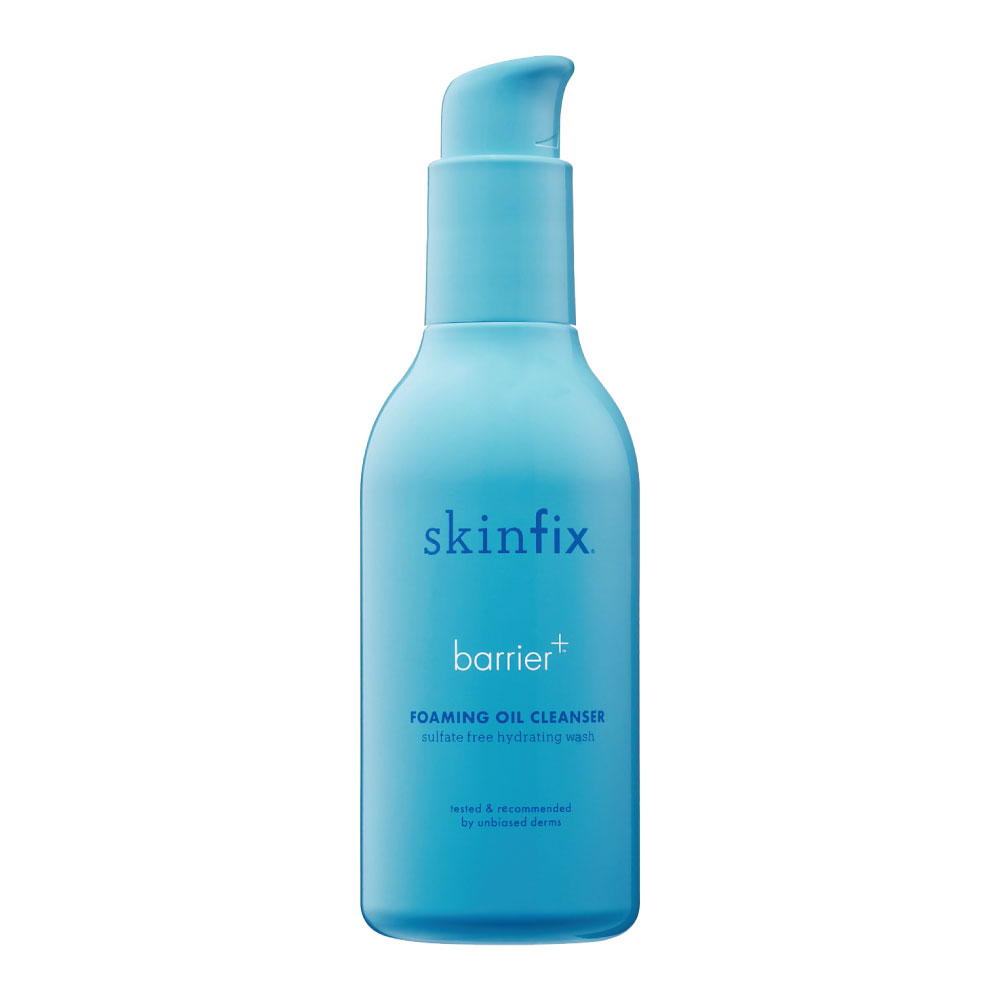
Skinfix Barrier+ Foaming Oil Hydrating Cleanser, $40.50
While some cleansers strip skin of moisture, this one is formulated to fortify the barrier with a blend of lipids and humectants.
MOISTURIZE: You don’t necessarily have to select a moisturizer with the word “barrier” on the label for it to be effective. “Most moisturizers are formulated to help either protect, restore or repair the barrier to some degree,” says Li. You do, however, want to choose a product containing ingredients that are clinically proven to hydrate the skin, such as glycerine, colloidal oatmeal and urea. Apply your cream of choice while your skin is still damp to get the most out of the product. “The moisturizer spreads better and also traps water at the skin surface,” says Li.
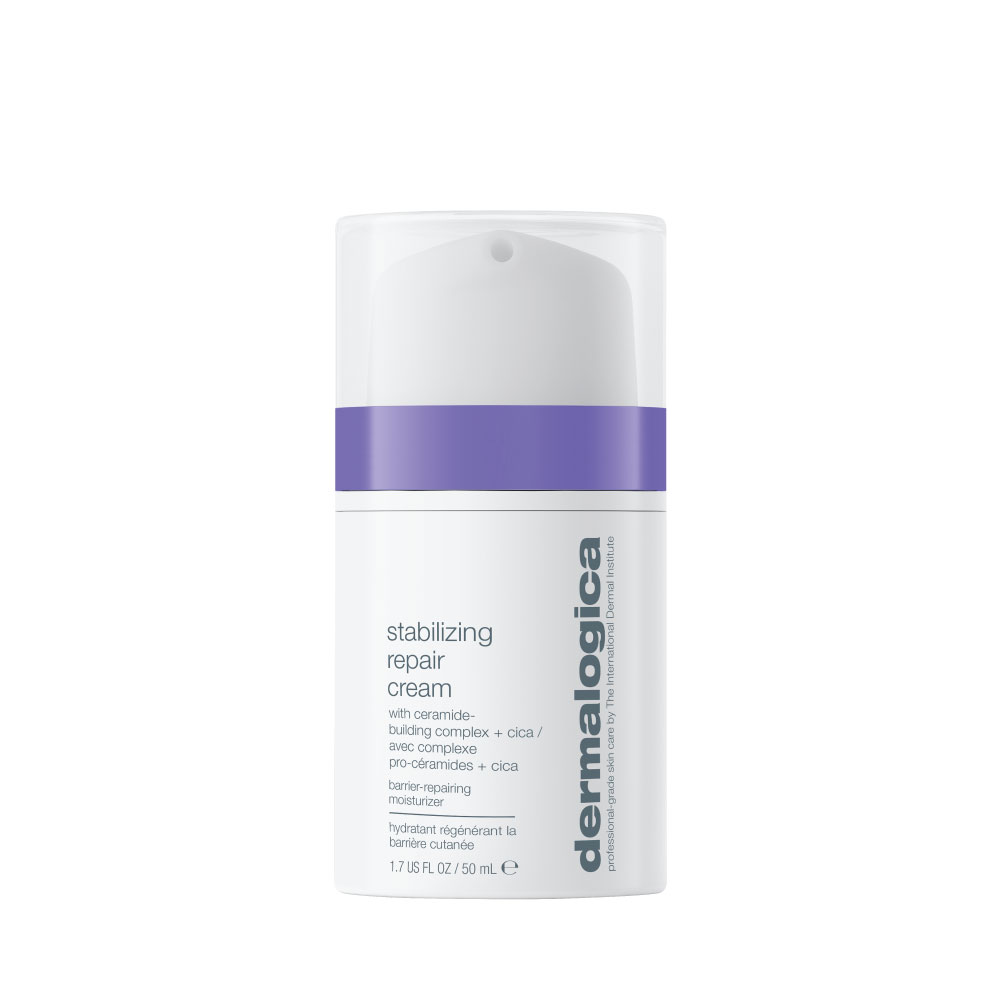
Dermalogica Stabilizing Repair Cream, $89
This balmy cream calms skin on contact, quickly reducing redness and discomfort thanks to a special ceramide-building complex.
That said, humectants alone often aren’t enough. Goyal likens it to baking a muffin. “If your muffin comes out dry, the next time you make it, you don’t just add more water. You have to add something rich in fat.” Hence the need for those aforementioned lipids: ceramides, fatty acids and cholesterol.

U Beauty The Barrier Bioactive Treatment, $260
While you’re getting your beauty sleep, this overnight treatment goes to work, optimizing the barrier function to reveal a fresher, more-radiant-looking complexion. No wonder it keeps selling out.
PROTECT: Don’t forget the importance of a daily SPF, even in the winter. “You can get a bad sunburn from UV light reflecting off snow, and any damage from the sun can also damage the skin barrier,” says Li. And if you regularly exfoliate, cut back to once or twice a week during the winter months or forgo it altogether if you’re on the sensitive side. “People often believe that they need to use an exfoliant, but the skin naturally sheds cells to make room for new ones underneath,” says Li. “Humans are pretty resilient, and so is the skin barrier, as long as you’re not adding to the damage or irritation. Simplify your routine so that you’re keeping the essentials and giving the skin time to repair itself.”
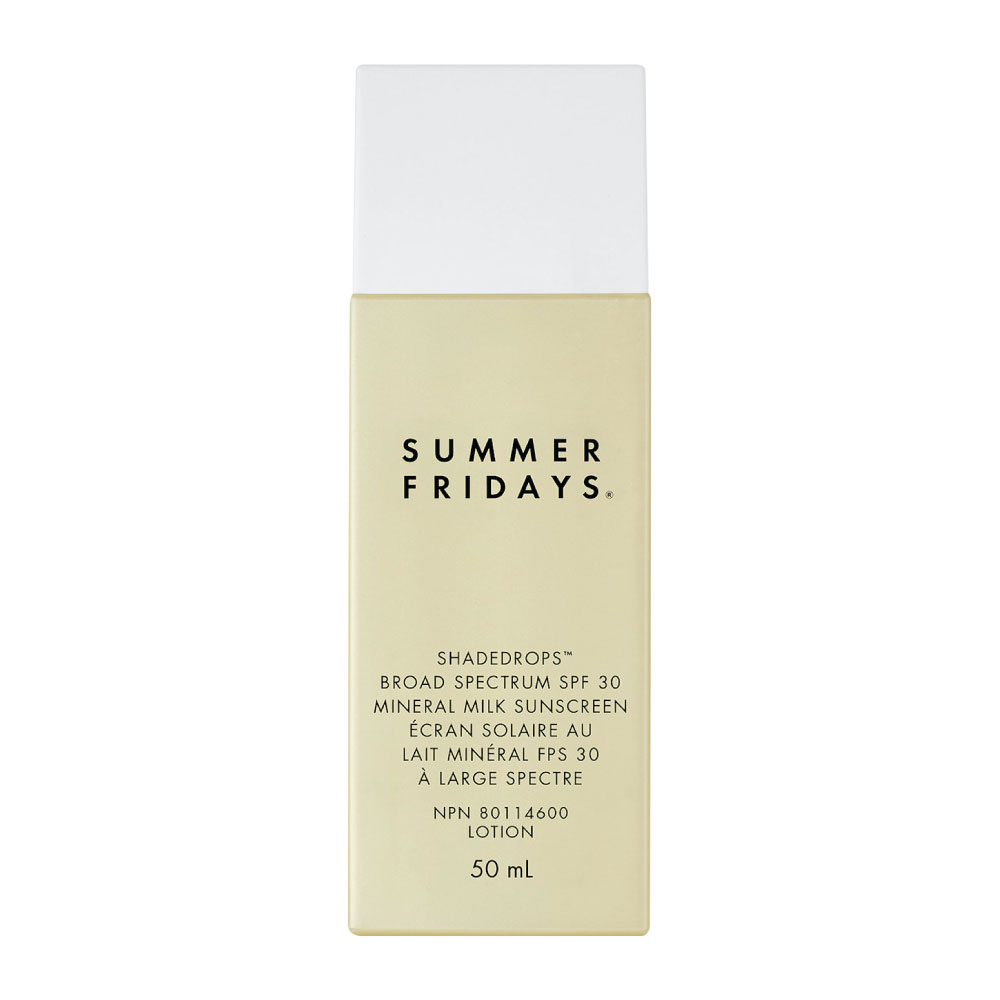
Summer Fridays ShadeDrops Broad Spectrum SPF 30 Mineral Milk Sunscreen, $48.50
Did you know mineral sunscreen is less likely to cause irritation than its chemical counterpart? This one goes on clear on all skin tones and feels totally weightless.
Newsletter
Join our mailing list for the latest and biggest in fashion trends, beauty, culture and celebrity.
Read Next

Beauty
The Best Met Gala Beauty Looks Of All Time
From Taylor Swift's 'Bleachella' era to Rihanna's iconic 2011 braids, meet the best beauty moments in Met Gala history.
by : Katie Withington- Apr 26th, 2024

Culture
Benny Blanco Says He Fell in Love With Selena Gomez Without ‘Even Noticing’ It
Allow Benny Blanco to tell the straight-from-a-rom-com story of how he realized his feelings for his girlfriend and longtime friend.
by : Alyssa Bailey- Apr 26th, 2024

Culture
This University Elevates Women to New Professional Heights
You shouldn’t have to pause your life to move forward in your career.
by : ELLE Canada- Apr 16th, 2024


